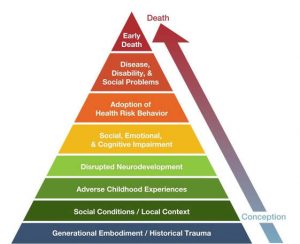

Children’s learning and cognitive development aren’t just affected by what occurs in their development; a crucial factor that is often overlooked is when it happens. The article Promoting Temporal Investigations of Development in Context dives deep into this idea, exploring how the timing, duration, and consistency of social and economic circumstances shape kids’ learning outcomes. Across 75 longitudinal studies conducted between 2000 and 2021, researchers tracked children and families from pregnancy through early adolescence, uncovering how factors like poverty, family stress, and educational opportunity influence cognitive growth over time. The takeaway? Persistent disadvantage during key developmental windows can have lasting effects on learning, while more stable or temporary contexts may decrease these risks. The overarching idea of the article is: timing is everything. This aligns with the findings of other famous studies, such as the Genie Wiley case study. Genie Wiley was lacking verbal attention for the first 12 years of her childhood, so unfortunately, she never developed the neural pathways to effectively speak. This is an extreme example, however it effectively demonstrates that obstruction or influence on fundamental phases of development can have lasting effects. What makes Promoting Temporal Investigations of Development in Context so compelling is the perspective it takes. To truly understand a child’s development, we can’t just look at where they are now; we have to trace how they got there, and not just what occurred, but when, and how that might influence development. It’s a call for psychologists, educators, and ordinary people alike to think less like photographers and more like filmmakers, to capture not just the moment, but the story unfolding across time.
To read this article, click here
Cooper Armogida
UConn KIDS Research Assistant




